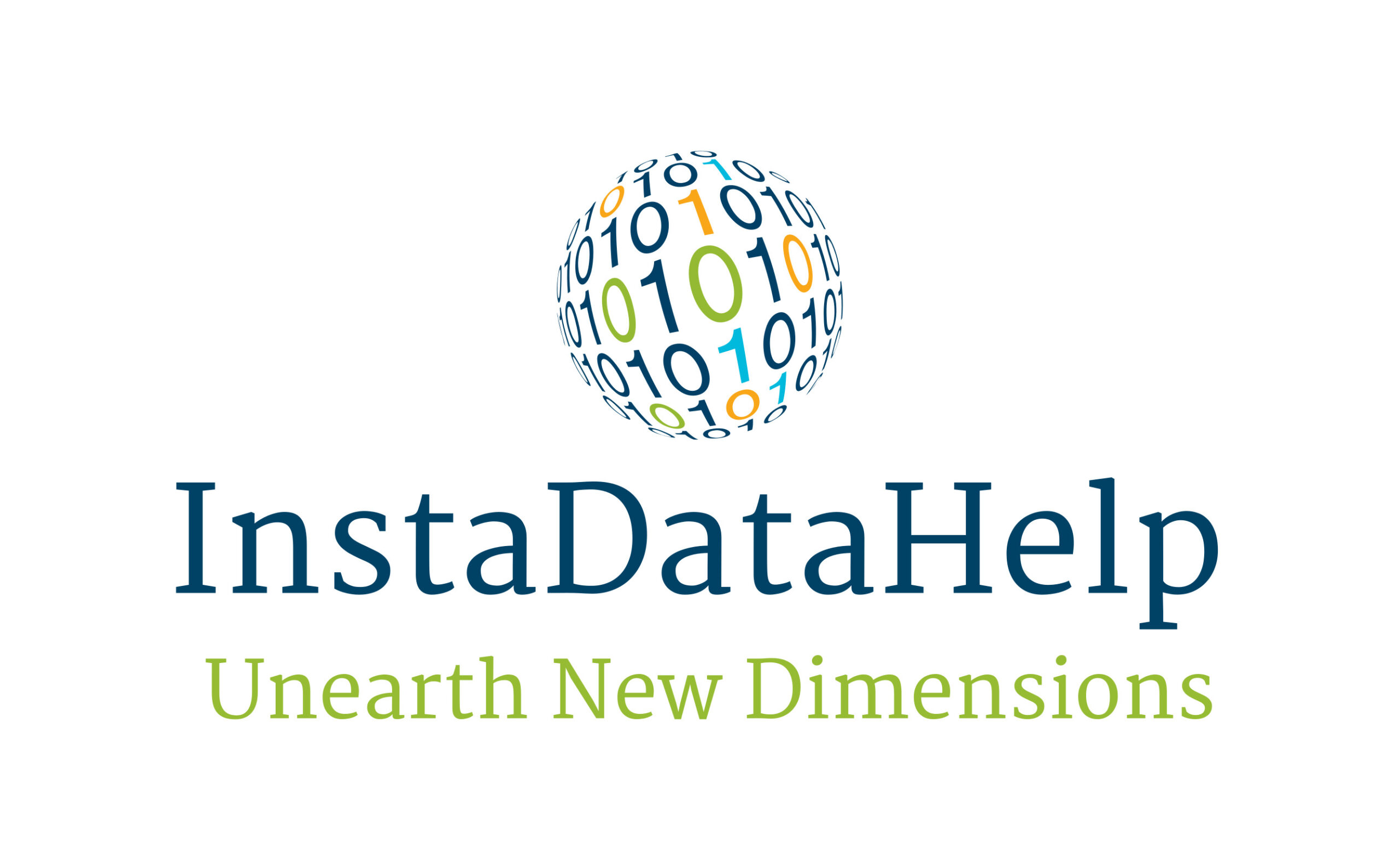Exploring the Benefits of Dimensionality Reduction in Data Analysis
Introduction
In the field of data analysis, dimensionality reduction is a crucial technique that helps in simplifying complex datasets. With the exponential growth of data in recent years, the need for efficient methods to analyze and interpret this data has become paramount. Dimensionality reduction offers a solution by reducing the number of variables or features in a dataset while retaining the most important information. In this article, we will explore the benefits of dimensionality reduction and its applications in various domains.
Understanding Dimensionality Reduction
Dimensionality reduction is the process of reducing the number of variables or features in a dataset while preserving the important information. It aims to eliminate redundant or irrelevant features, thereby simplifying the data and improving computational efficiency. The reduction can be achieved through feature selection or feature extraction techniques.
Feature selection involves choosing a subset of the original features based on their relevance to the analysis task. This method eliminates irrelevant or redundant features, reducing the dimensionality of the dataset. On the other hand, feature extraction techniques create new features by combining the original ones. These new features are a compressed representation of the original data, capturing the most important information.
Benefits of Dimensionality Reduction
1. Improved Computational Efficiency: High-dimensional datasets require significant computational resources and time to process. By reducing the dimensionality, the computational complexity is reduced, allowing for faster analysis and modeling. This is particularly beneficial in real-time applications where quick decision-making is crucial.
2. Enhanced Visualization: Visualizing high-dimensional data is challenging due to the limitations of human perception. Dimensionality reduction techniques enable the transformation of data into a lower-dimensional space, making it easier to visualize and interpret. This aids in gaining insights and identifying patterns that may not be apparent in the original high-dimensional space.
3. Overfitting Prevention: Overfitting occurs when a model learns the noise or irrelevant patterns in the data, leading to poor generalization. Dimensionality reduction helps in reducing the risk of overfitting by eliminating irrelevant features that may contribute to noise. This improves the model’s ability to generalize well on unseen data.
4. Noise Reduction: High-dimensional datasets often contain noisy or irrelevant features that can negatively impact the analysis. Dimensionality reduction techniques filter out such noise, resulting in cleaner and more reliable data. This leads to improved accuracy and robustness of the analysis.
5. Interpretability: In many cases, high-dimensional datasets are difficult to interpret due to the large number of features involved. Dimensionality reduction simplifies the data by reducing the number of dimensions, making it easier to understand and interpret the results. This is especially useful in fields such as healthcare, finance, and social sciences, where interpretability is crucial for decision-making.
Applications of Dimensionality Reduction
1. Image and Video Processing: Dimensionality reduction techniques like Principal Component Analysis (PCA) and t-SNE (t-Distributed Stochastic Neighbor Embedding) are widely used in image and video processing. They help in compressing and representing visual data in a lower-dimensional space, enabling tasks such as image recognition, object detection, and video summarization.
2. Natural Language Processing: Text data often has a high-dimensional representation due to the large vocabulary size. Dimensionality reduction techniques like Latent Semantic Analysis (LSA) and Non-negative Matrix Factorization (NMF) are employed to extract the underlying semantic structure of the text, enabling tasks such as document clustering, topic modeling, and sentiment analysis.
3. Bioinformatics: In genomics and proteomics, high-dimensional datasets are common due to the large number of genes or proteins involved. Dimensionality reduction techniques help in identifying relevant genes or proteins, enabling tasks such as gene expression analysis, biomarker discovery, and drug target identification.
4. Recommender Systems: Dimensionality reduction plays a crucial role in recommender systems, which aim to provide personalized recommendations to users. By reducing the dimensionality of user-item interaction data, these systems can efficiently identify similar users or items, leading to accurate and efficient recommendations.
Conclusion
Dimensionality reduction is a powerful technique in data analysis that offers numerous benefits. It improves computational efficiency, enhances visualization, prevents overfitting, reduces noise, and aids in interpretability. Its applications span across various domains, including image and video processing, natural language processing, bioinformatics, and recommender systems. As the volume of data continues to grow, dimensionality reduction techniques will play an increasingly important role in extracting meaningful insights and facilitating decision-making.



Recent Comments